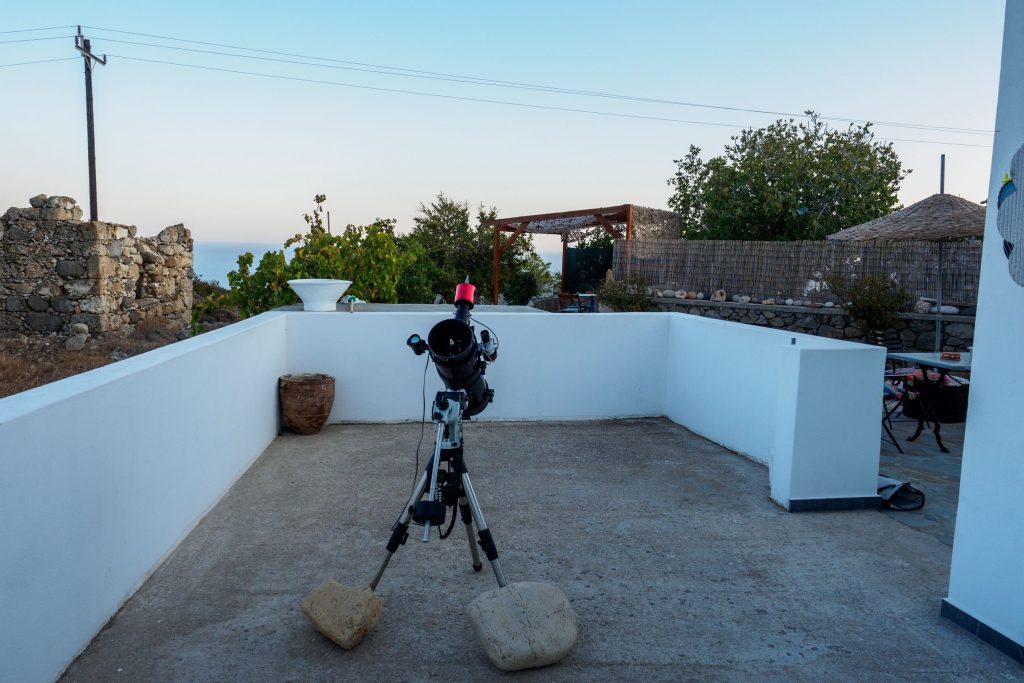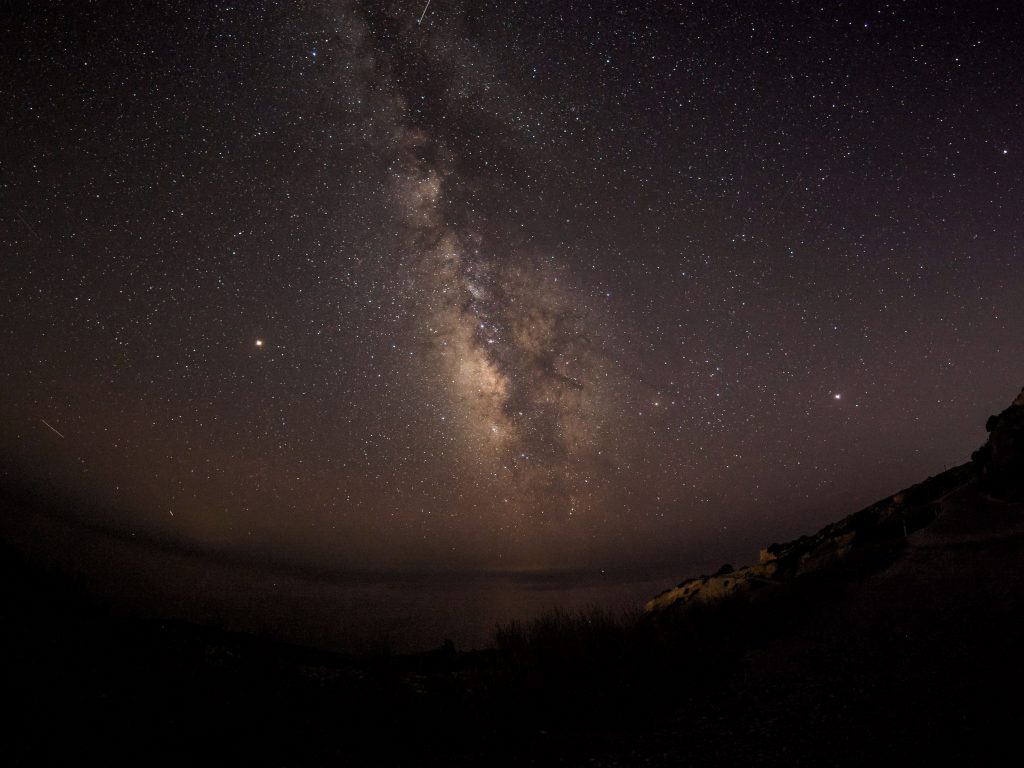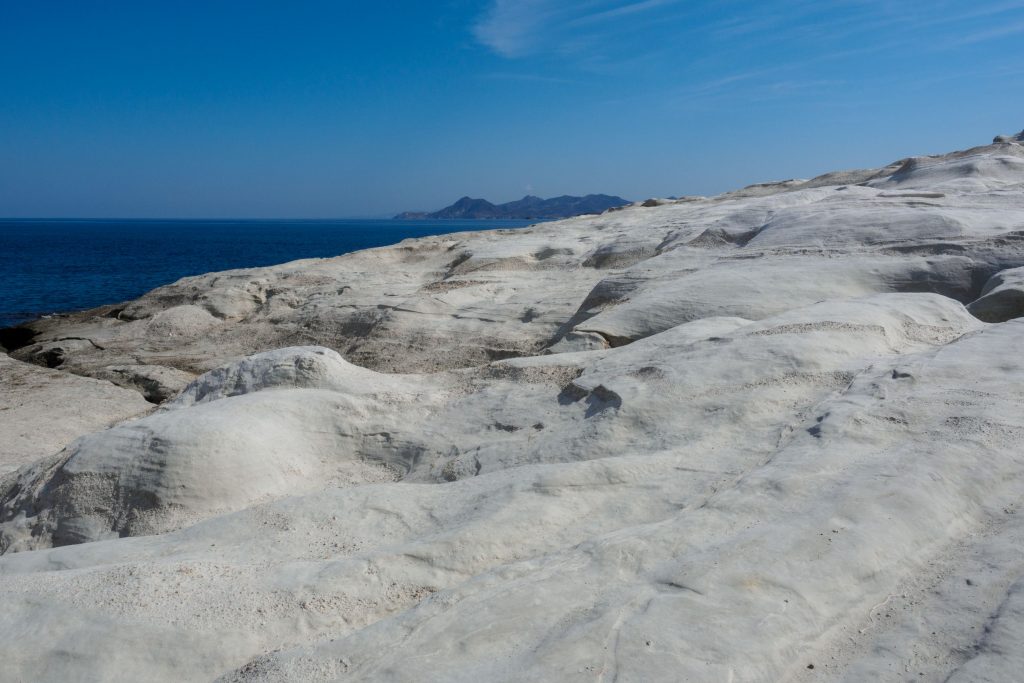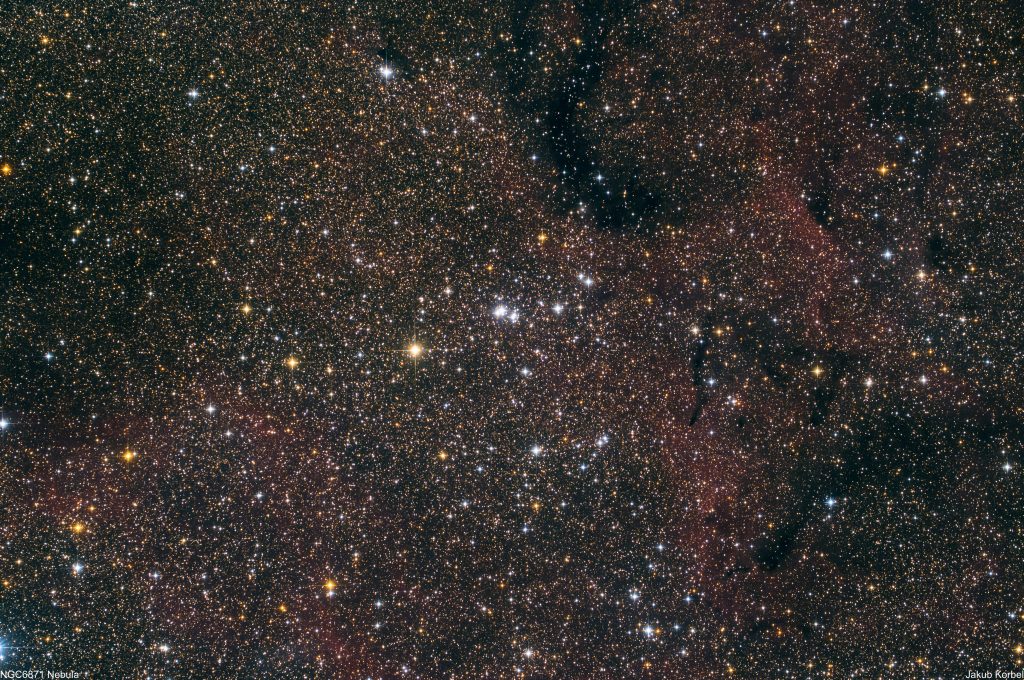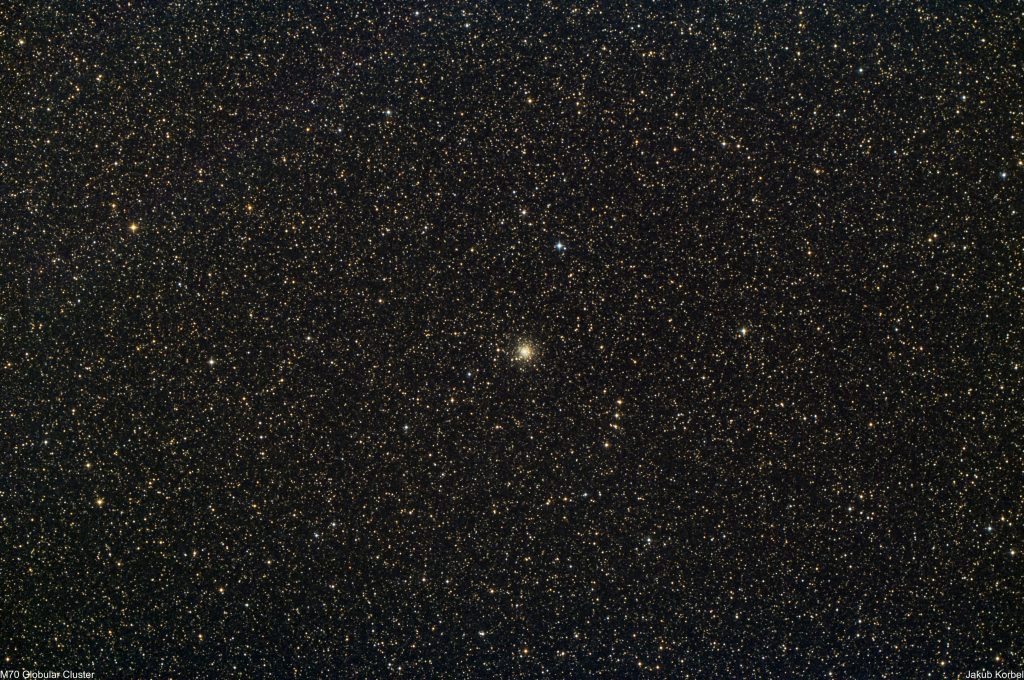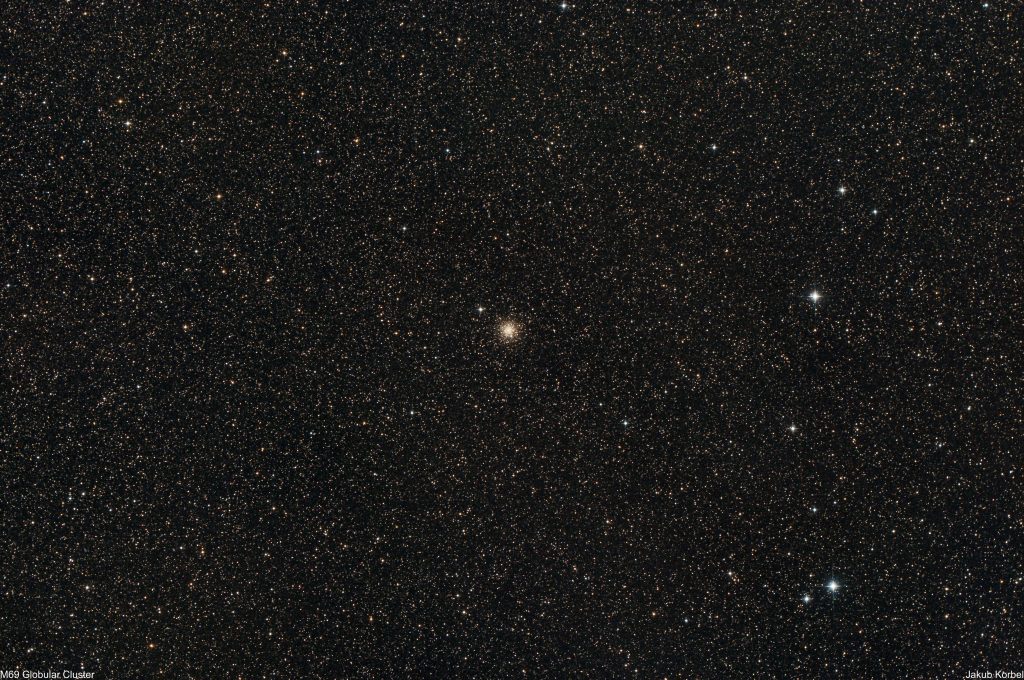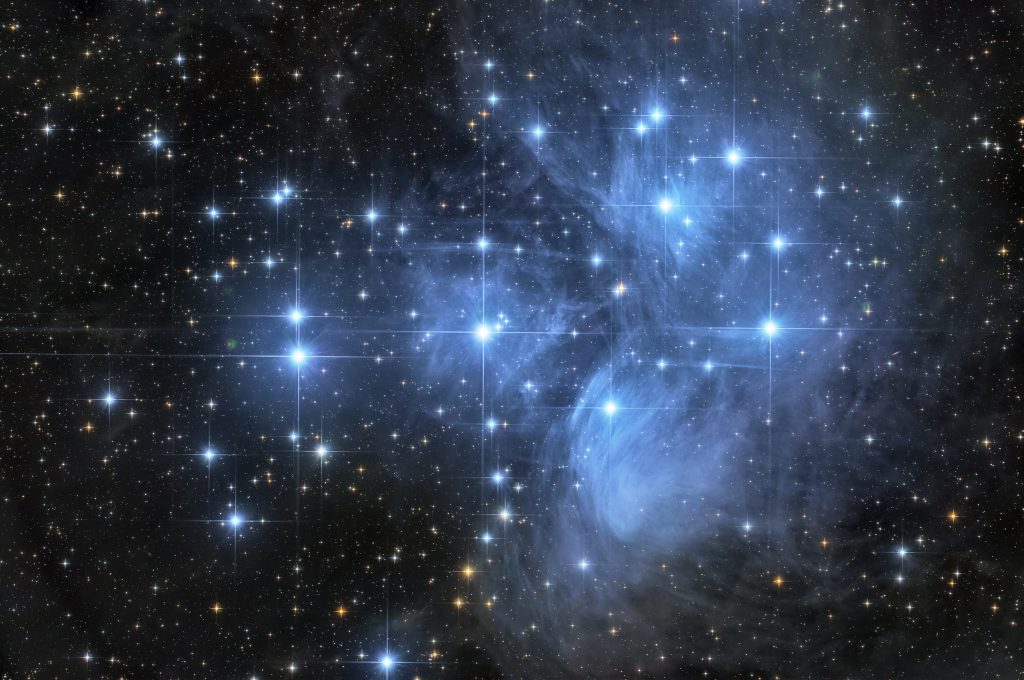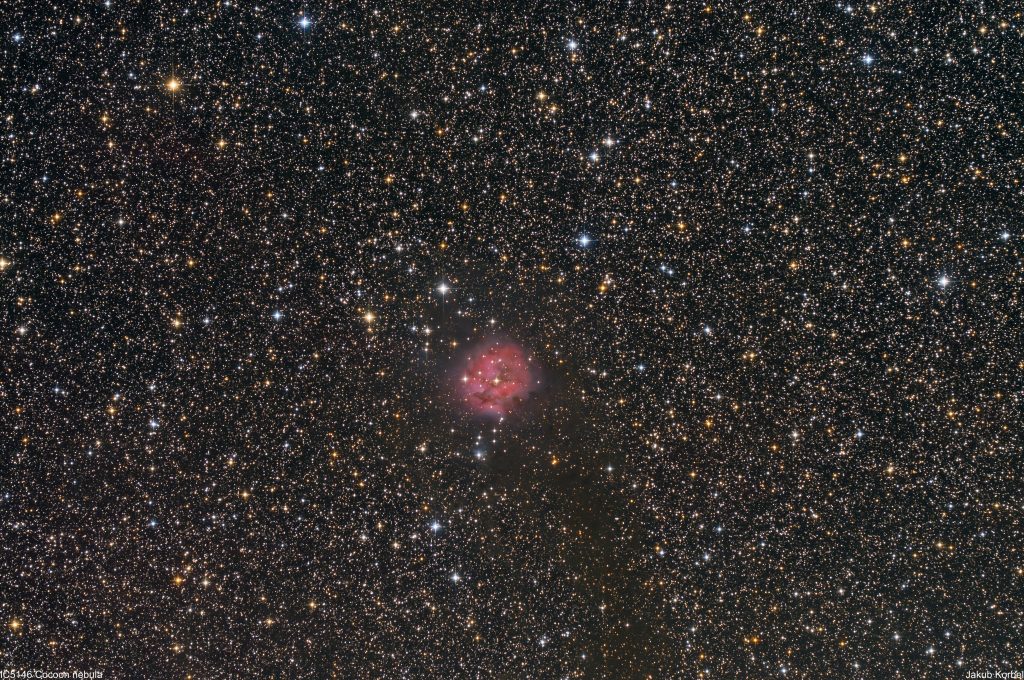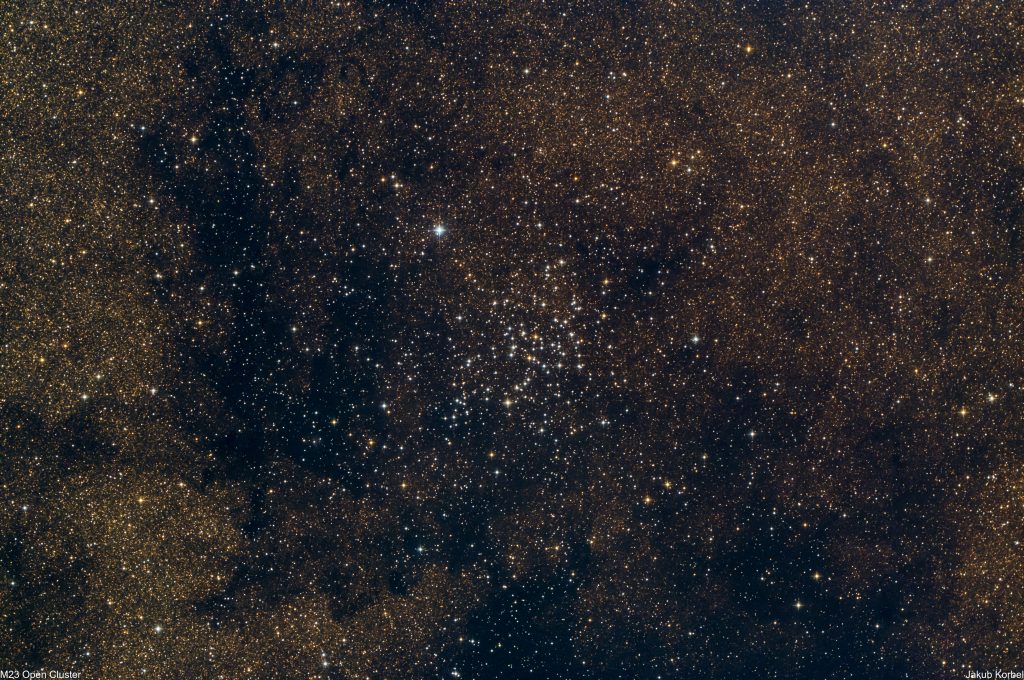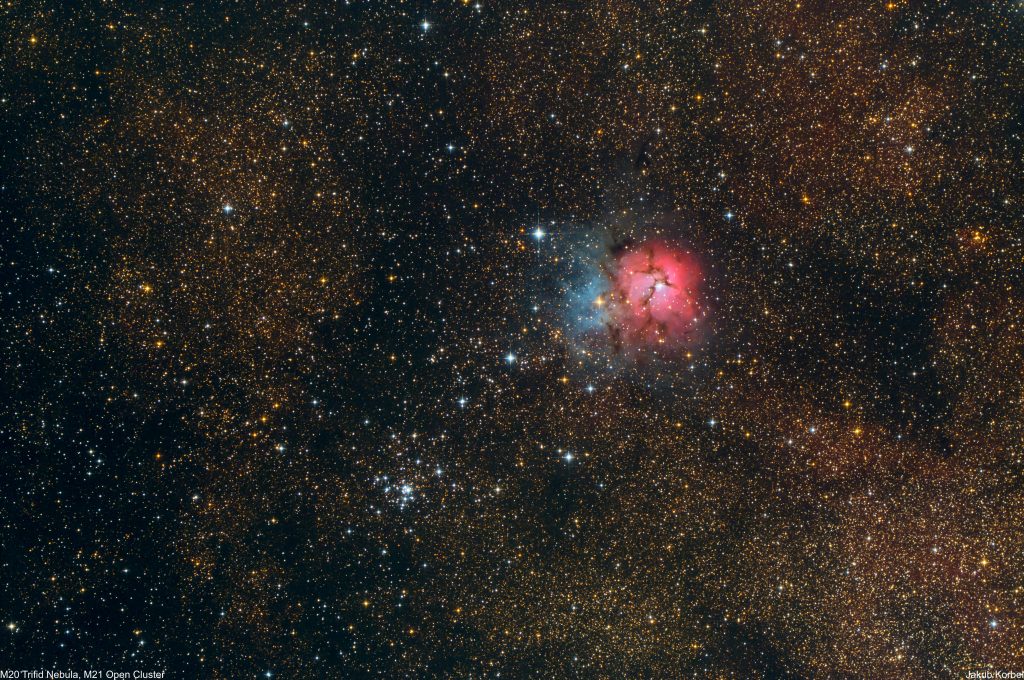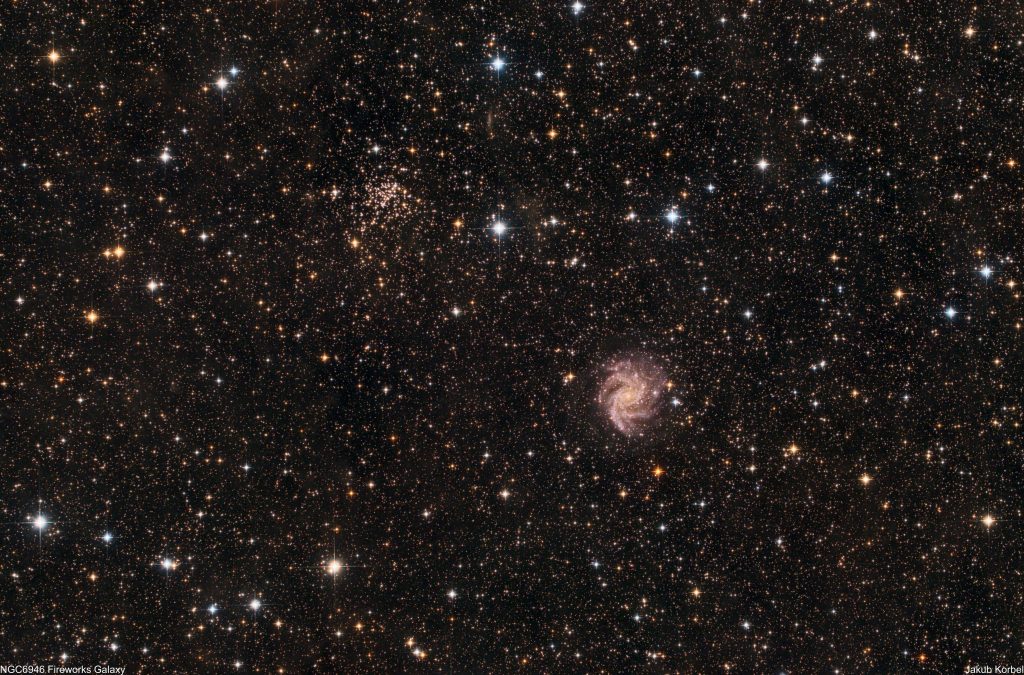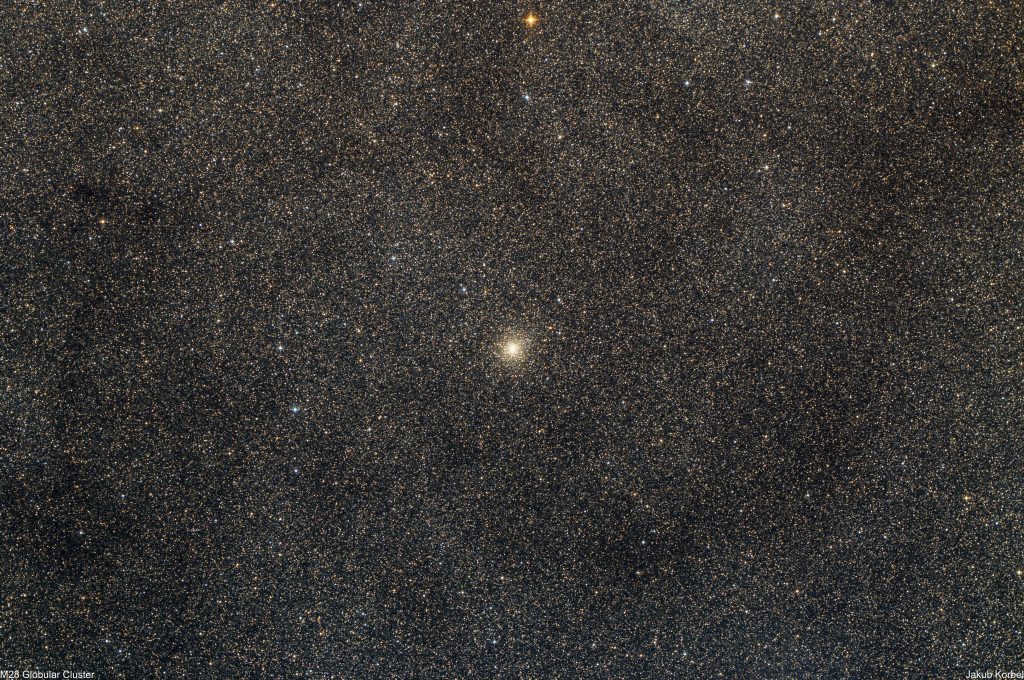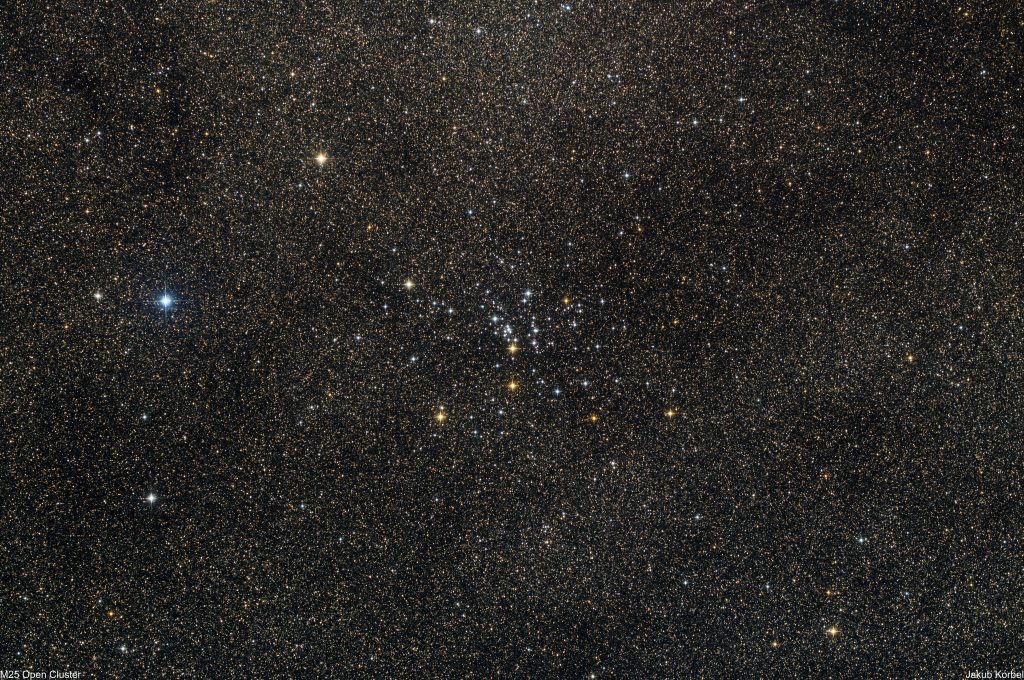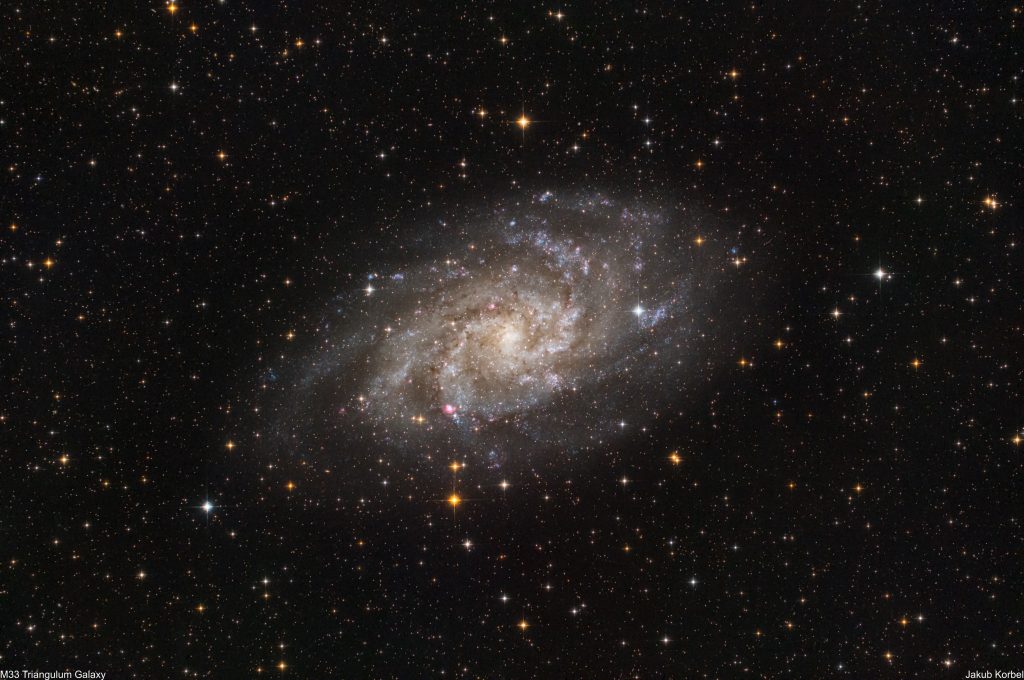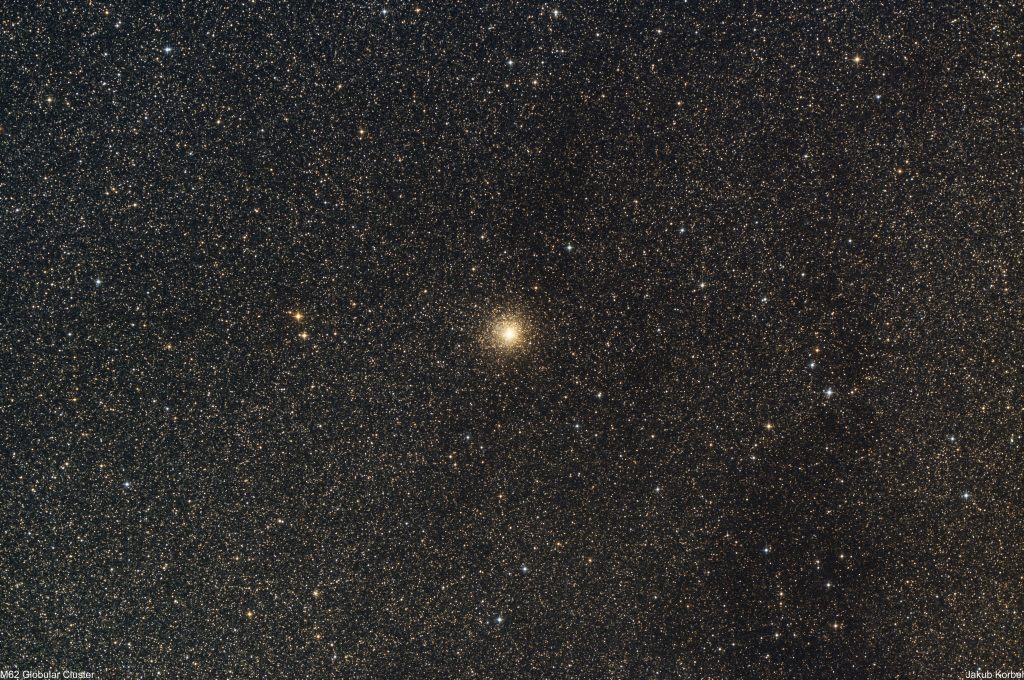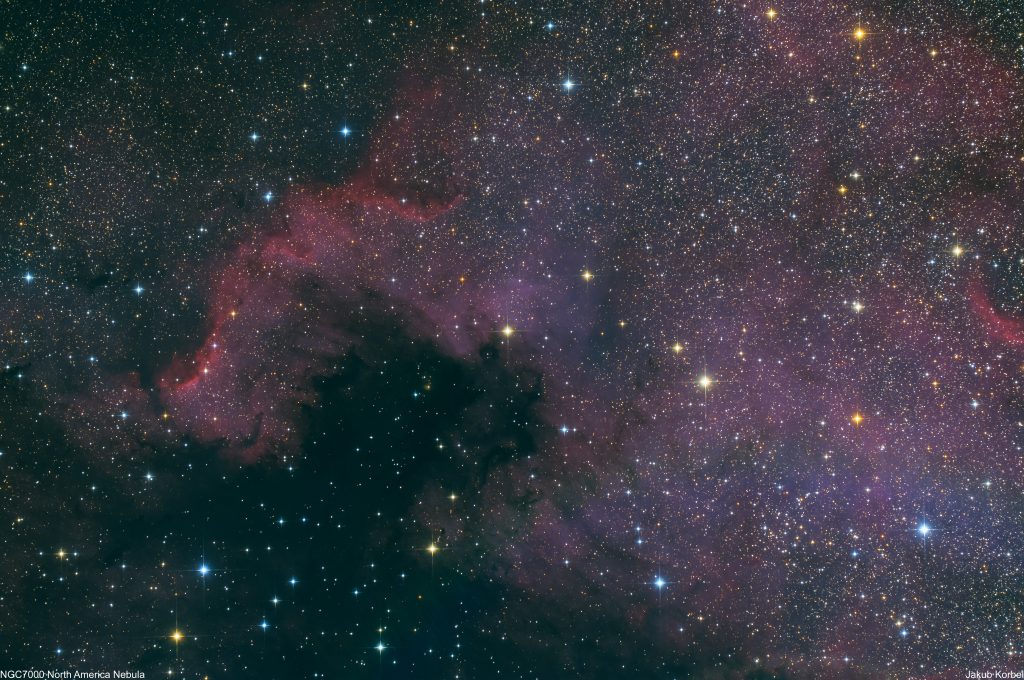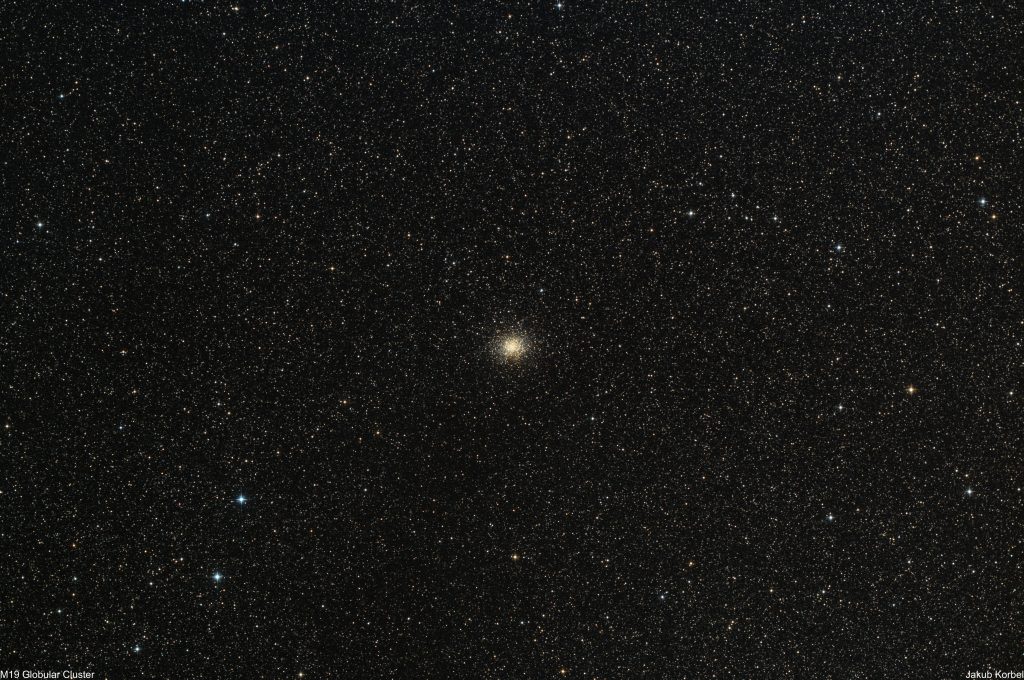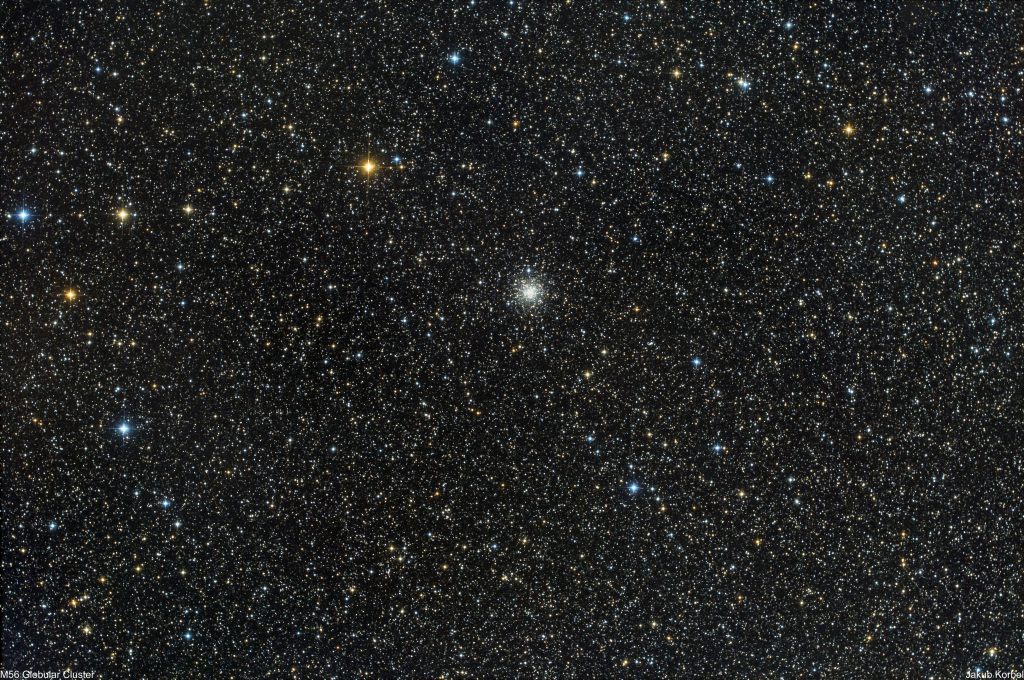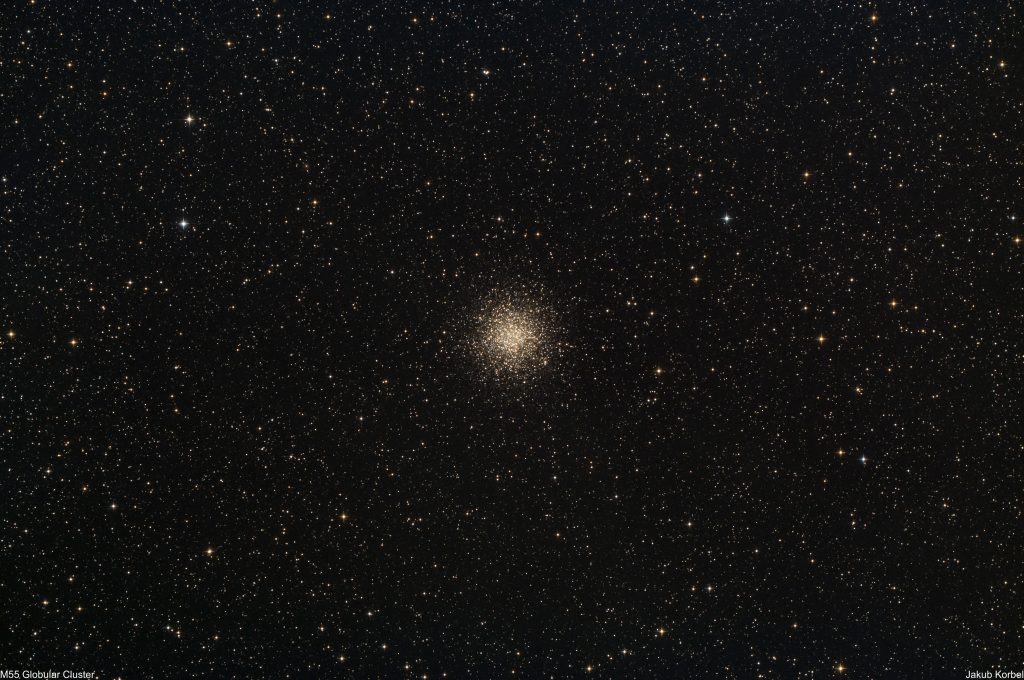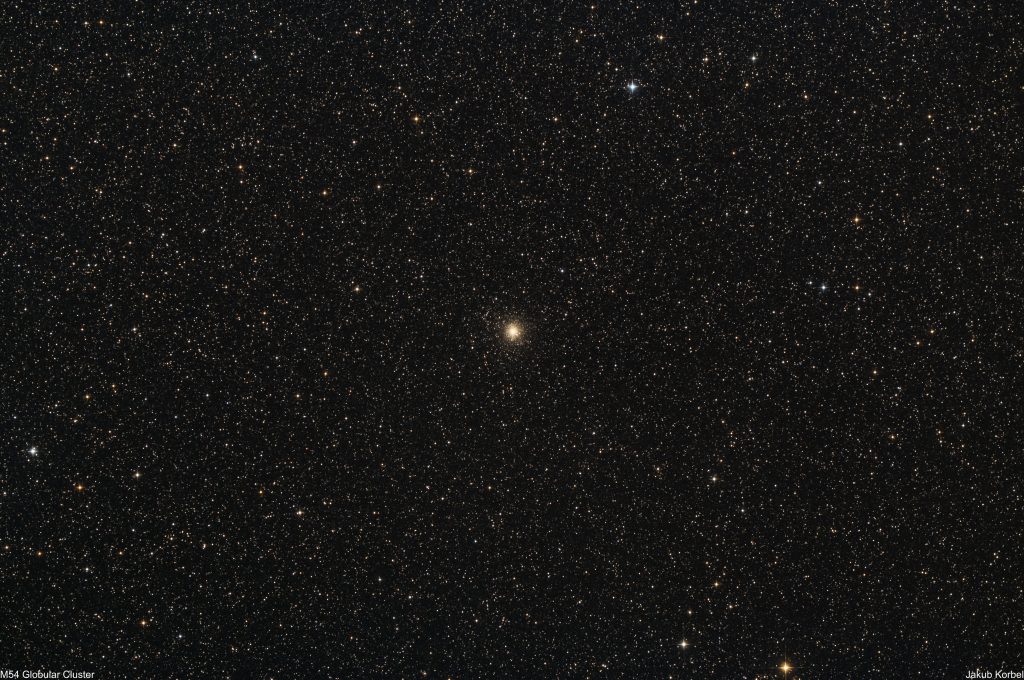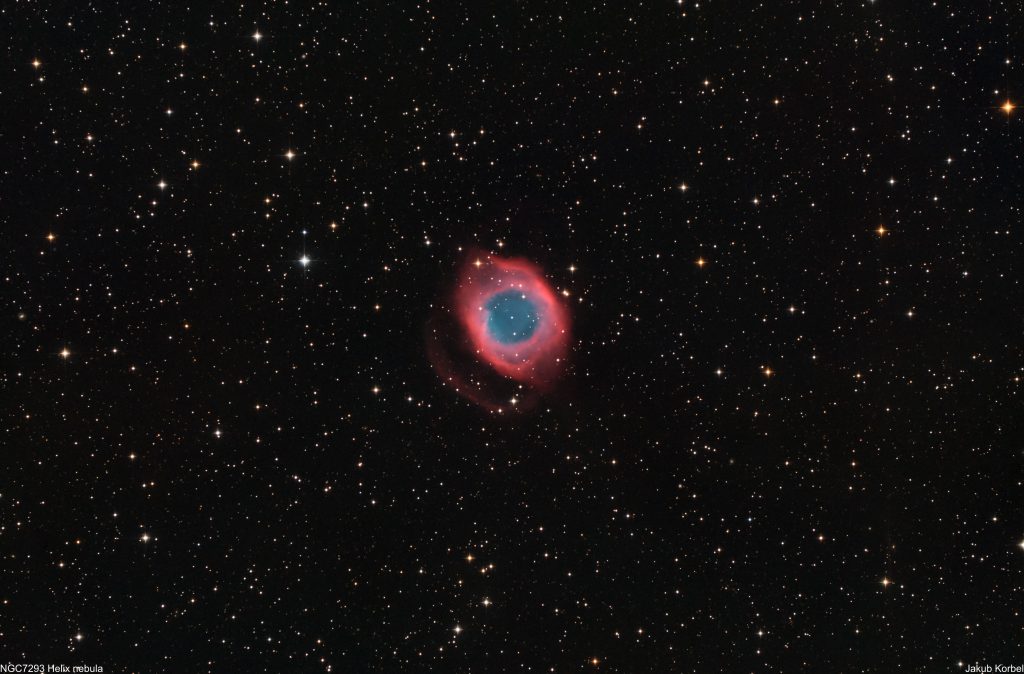My second expedition after dark skies led us to beautiful island Milos. It’s mid-size island in Aegean see and it belongs to group of islands called Cyclades. The port and whole night life (bars, restaurants, discotheques) are located on the northern part of the island. We stayed on the other part of the island, where are empty, not organized beaches and mainly very low light pollution. To travel there is not straight forward, because Milos has very small airport. Therefore we had to fly to Santorini Island and from there take a ferry to Milos.
We found very lovely small house called Vila Kipos (AirBnB link) at remote part of the island. The place was decent for astrophotography. I measured SQM and it reached 21.3, which is not fully perfect, because the property is next to a road, and there are street lamps. However, it’s significantly better than what I have at home (SQM 19.9 – 20.4). There are much darker places on the island, but it would require batteries and to spend whole night in the nature. To photograph deep space directly next to the house, in which you stay, has significant advantages – electricity is available and the rig can photograph outside whole night and you can sleep inside.
The weather was excellent. Only two days out of 16 was windy or cloudy. Literarily, I had a deep space harvest. I managed to capture in two weeks as many pictures as during the whole last year. Initially I was bit afraid of these wires, which are in the south direction, but fortunately all the objects of my interest were above. I didn’t expect that I will manage to capture nearly all Messier’s summer objects in southern skies. Specifically, I captured M4, M6, M7, M8, M9, M17, M18, M19, M20, M21, M22, M23, M24, M25, M28, M30, M31, M33, M45, M54, M55, M56, M62, M69, M70, M73, M75, M80 and M107. Moreover, I captured NGC6822, NGC6871, NGC6888, NGC6939, NGC6946, NGC7000, NGC7293, IC5146, IC1396 and B347.
We took a short walk 1 km direction west, the street lamps disappeared and SQM reached 21.5. The Milky Way was so bright that it nearly casted shadows. These are the optimal conditions to test my new fish eye lens (Olympus Zuiko 8mm F1.8 ED PRO). Focused on Mars, ISO 800, Exposure 25s.
The nearest source of light pollution direction south is Crete, which is 120 km away. Anyway, the picture could have been better and probably I should have used higher ISO. Therefore it is not going to beat the Milky Way picture from last year.
Well, it was not just about taking astrophotos, but also about nice and empty beaches, snorkeling in crystal clear water, very delicious food and in general relaxing and charging our human batteries. I miss the Greece already and I cannot wait till I will go there again.

